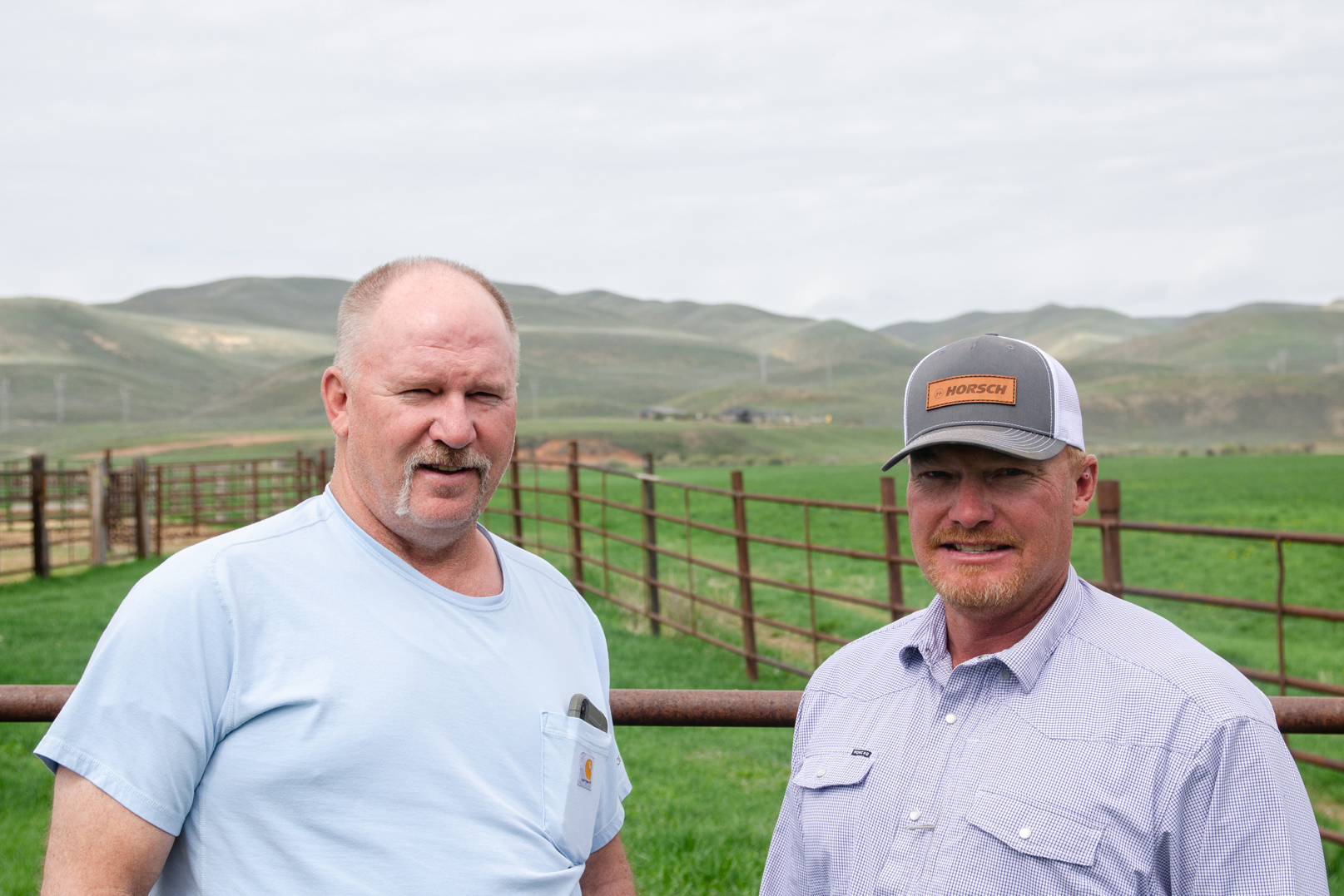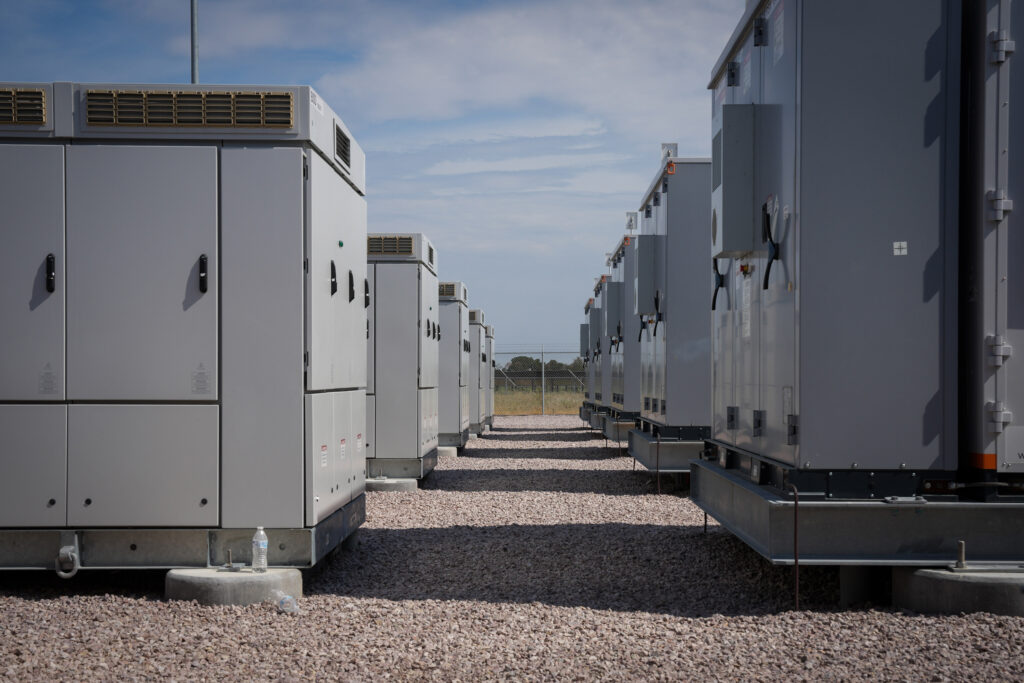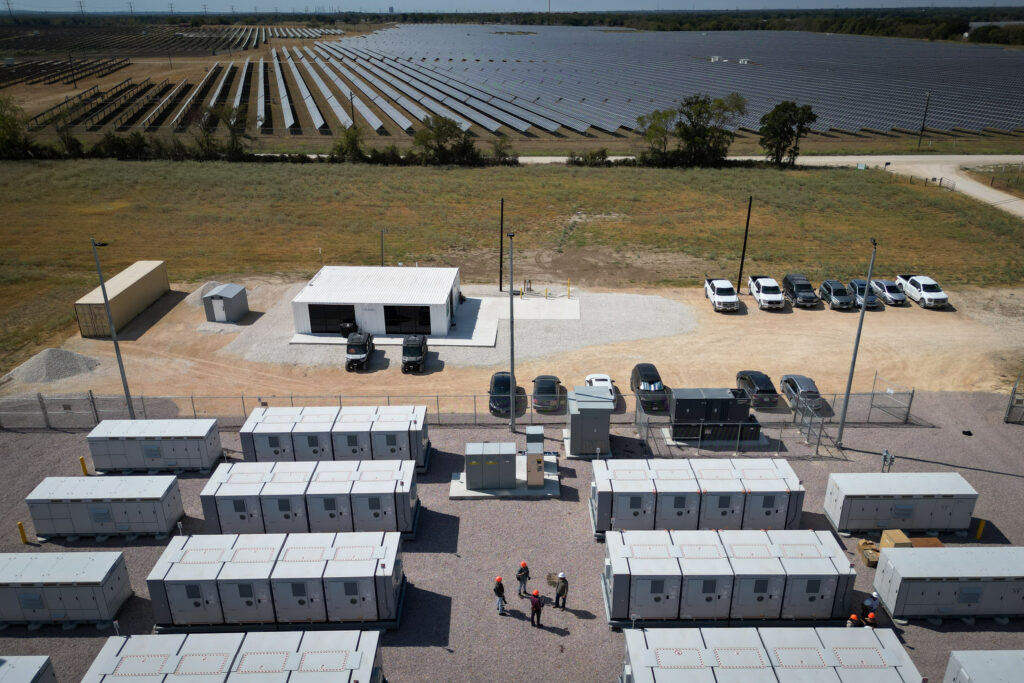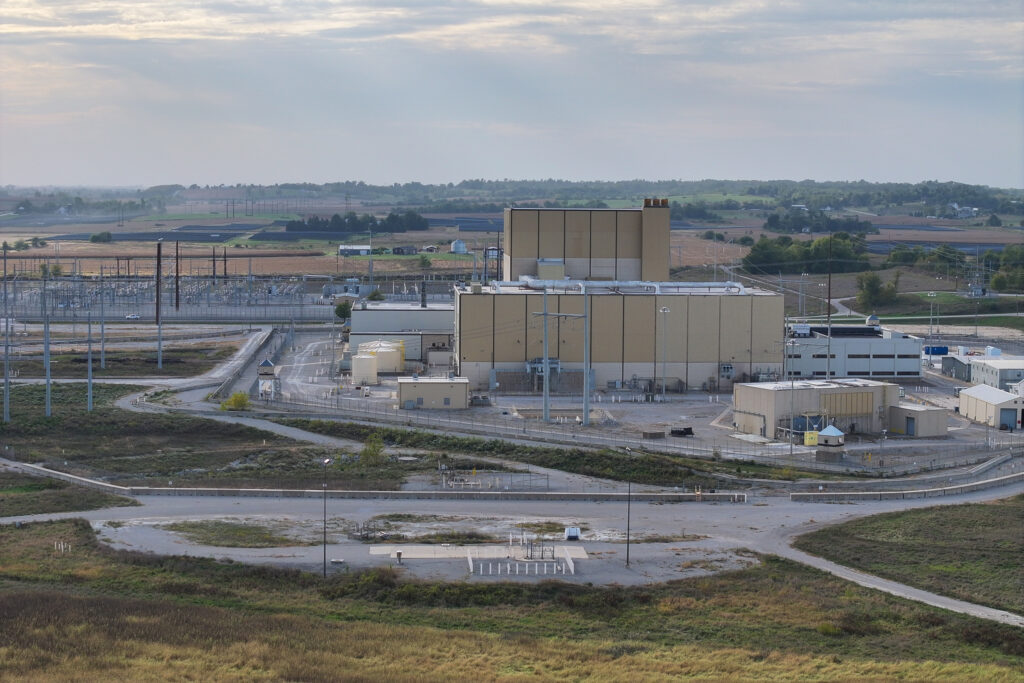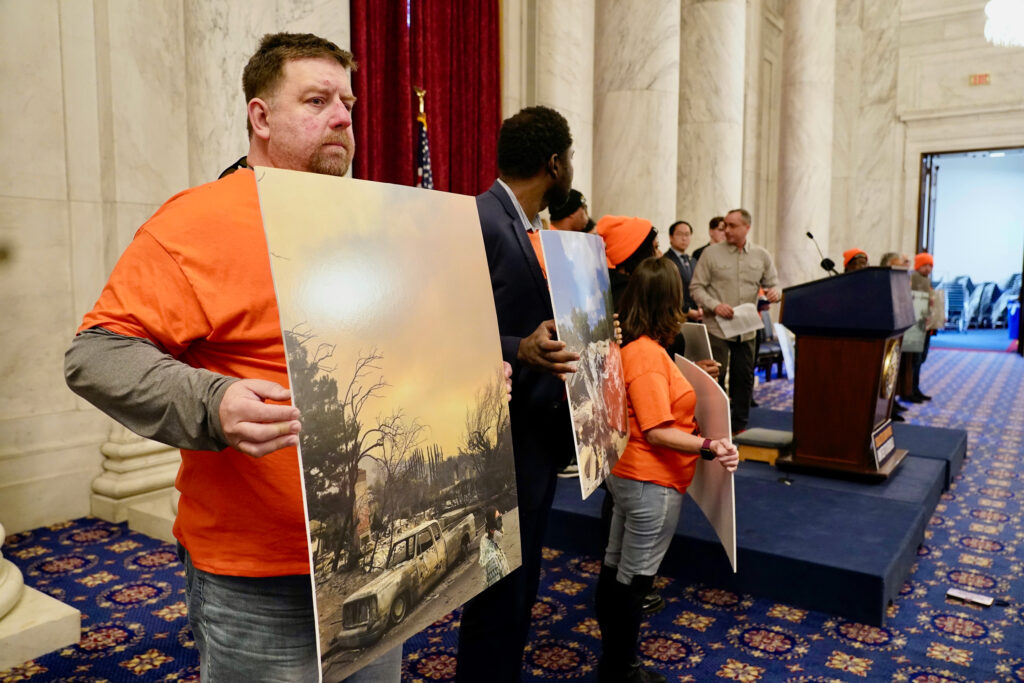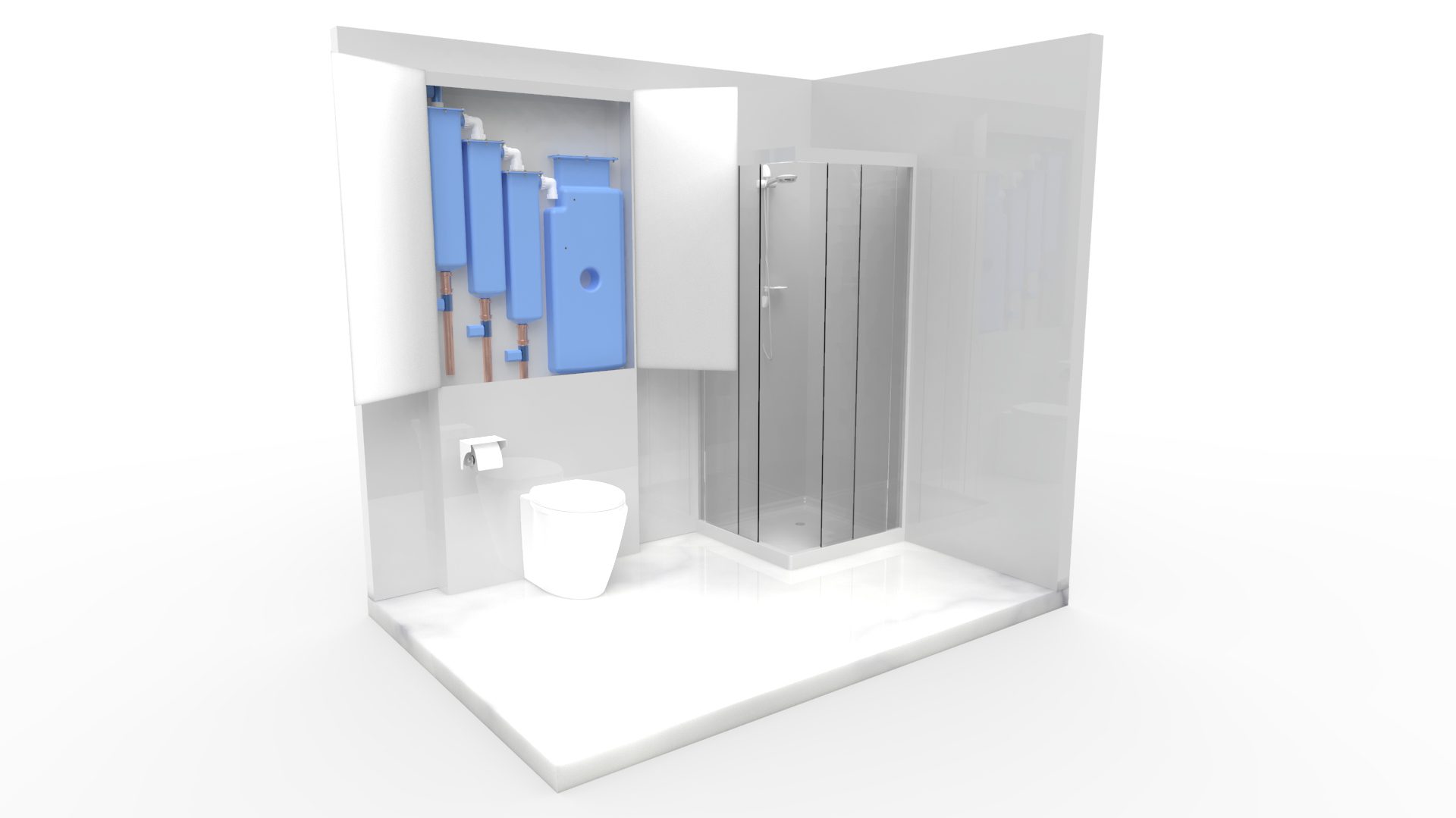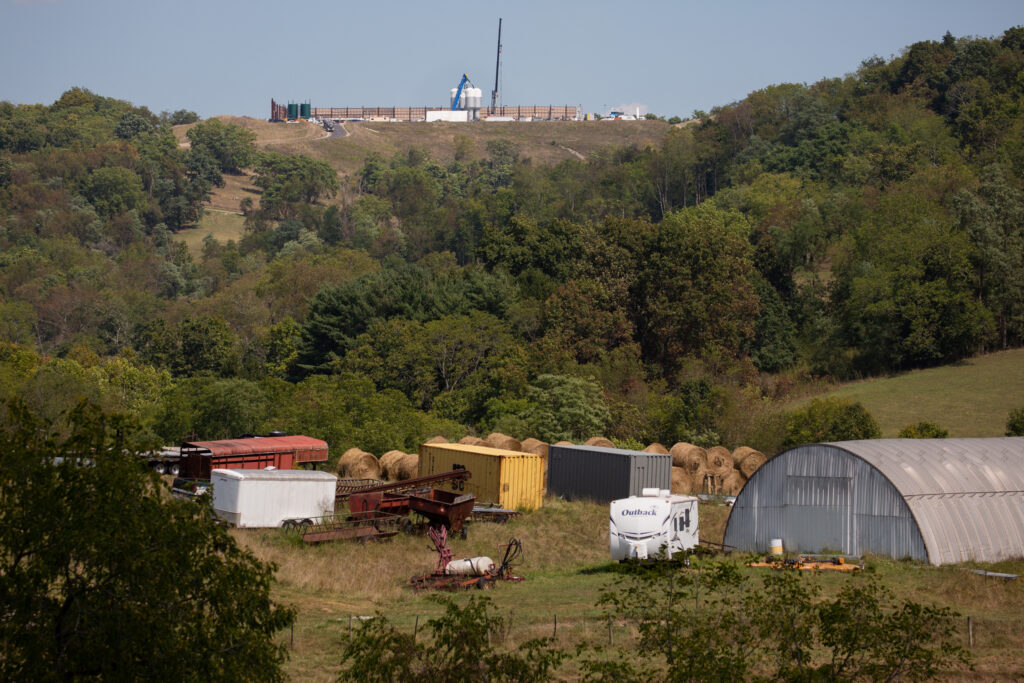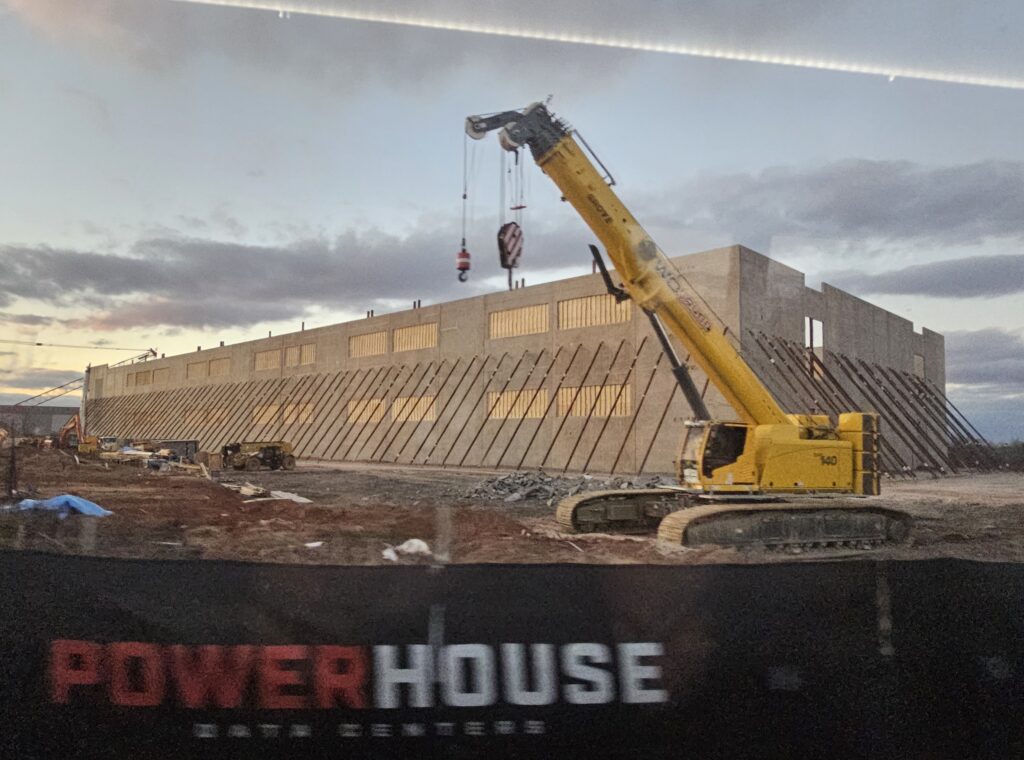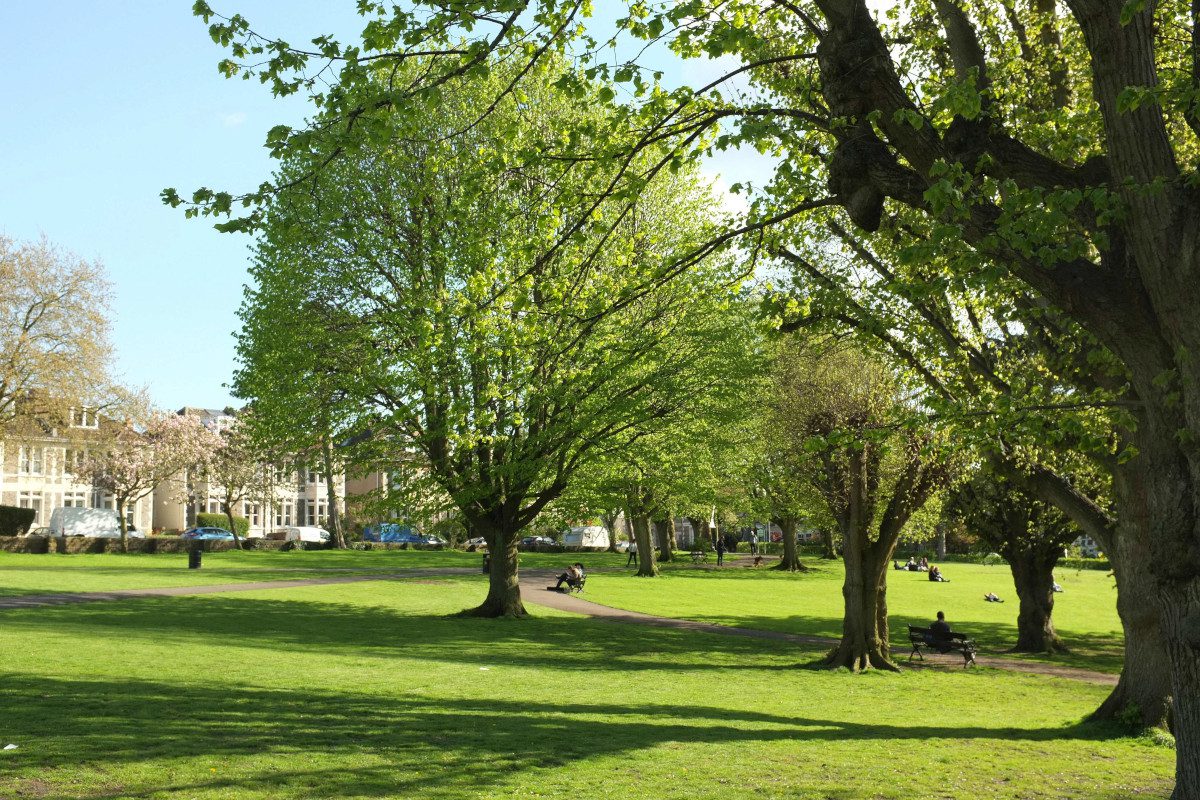The Hualapai Nation sued the U.S. Bureau of Land Management Friday over its approval of a lithium exploration project near Wikieup, Arizona, alleging the federal agency did not properly evaluate the project’s potential impacts on the local aquifer that feeds a nearby spring that is sacred to the tribe.
The lawsuit is the latest in a series of legal actions taken by tribes as mining companies propose new projects to extract minerals critical to the energy transition with mines that threaten tribal communities and lands important to their cultures, traditions and histories. The nation, and especially Western states where vast amounts of federal lands remain open for extractive industries, is seeing a boom of new mining proposals for minerals like lithium, the soft, silvery metal used in the batteries that power electric vehicles and store solar and wind energy. But the projects to mine those critical minerals can come at the expense of the landscapes, water supplies, air quality and wildlife rural and indigenous communities depend on, research has found, often leading them to oppose the projects.
“The tribe recognizes that some amount of mining is going to be needed for the transition to the renewable economy, but it just can’t occur at the expense of tribal communities,” said Laura Berglan, a senior attorney with Earthjustice representing the tribe in the lawsuit. “The tribe relied on the spring since time immemorial. It’s significant and sacred and important to the tribe, and really, at a minimum, the federal government shouldn’t be approving such extensive drilling into the aquifer without considering those serious effects that it will have on them.”
Explore the latest news about what’s at stake for the climate during this election season.
On June 6, Arizona Lithium, the company behind the Big Sandy Project, received approval from the BLM to drill 131 exploratory wells in search of lithium on the federal land overseen by the agency adjacent to Cholla Canyon Ranch, which is held in trust for the tribe and is home to the sacred hot springs known as Ha’Kamwe’. The exploratory wells will drill more than 300 feet deep into the ground, posing the risk of puncturing the aquifer that supplies the springs. Exploratory drilling is done so companies can determine if mining is feasible at a site. After that, the project developer designs the exact plan for how to mine the mineral.
“There are drill holes just adjacent to the property line, and so it’s essentially just yards away from our spring and wells that are part of the property,” said Ka-Voka Jackson, director of the Hualapai Cultural Resources Department and the Tribal-Historic Preservation Officer. Jackson said Ha’Kamwe’ is a keystone place to the tribe’s culture and spirituality, as it features prominently in their songs and oral histories, and remains a place for treating ailments, providing spiritual cleansing and prayer. “There’s no replacement for that,” she said.
Preparation work for the drilling began this week, Jackson said, and her department has two monitors observing the operation, with drilling likely to begin next week.
For years, the Hualapai communicated their concerns to the BLM over the project’s potential harms to Ha’Kamwe’, from impacting the water at the spring to disrupting the natural landscape in the immediate area. In its communications, the tribe pointed out the area’s status as a traditional cultural property where, under Section 106 of the National Historic Preservation Act, federal agencies are required to evaluate the effect of development projects, and mitigate or avoid any negative impacts. Throughout the permitting process, the Advisory Council on Historic Preservation, the agency overseeing NHPA compliance, submitted comments in support of the tribe’s arguments.
The agency’s final environmental assessment found the drilling would bring some visual and auditory disruptions, and outlined how to mitigate those, but found it would have no impact on the water supply for the spring.
In the lawsuit, the tribe disputes that claim, arguing the BLM relied on outdated studies regarding the aquifer and ignored evidence the tribe submitted showing the drilling could impact the springs, including a study commissioned by the tribe that found the drilling could affect the flows into Ha’Kamwe’. A spokesperson for the BLM declined to comment, citing the pending litigation. Arizona Lithium did not respond to a request for comment.
Lithium mining’s impact on local water supplies is increasingly at the center of mining disputes around the world, with the projects posing threats to both the quantity and quality of water supplies. For Ha’Kamwe’, Jackson said the tribe is not only concerned with the drilling reducing flows into the spring, but also affecting its temperature. Ha’Kamwe’ means warm spring, and a change in temperature would affect the characteristics of the place that has helped to make it so sacred, she said.
Beyond just the water, the entire Big Sandy Valley could be impacted by continued mining operations, Jackson said. The Hualapai are a land-based people, with the terrain they live on deeply intertwined with their culture and beliefs. The sites and sounds of nature “play a big role in our spirituality,” she said, and impacting those as well “takes away from sacredness and the significance of the area.”
“There are people buried out there. There are a lot of really significant resources, a lot of significant events happened in Hualapai history there, and that all is in the Big Sandy Valley,” Jackson said. “So for us, it’s a place that we hold in high regard, that we consider sacred and that people have a lot of personal, emotional and historical ties to.”
About This Story
Perhaps you noticed: This story, like all the news we publish, is free to read. That’s because Inside Climate News is a 501c3 nonprofit organization. We do not charge a subscription fee, lock our news behind a paywall, or clutter our website with ads. We make our news on climate and the environment freely available to you and anyone who wants it.
That’s not all. We also share our news for free with scores of other media organizations around the country. Many of them can’t afford to do environmental journalism of their own. We’ve built bureaus from coast to coast to report local stories, collaborate with local newsrooms and co-publish articles so that this vital work is shared as widely as possible.
Two of us launched ICN in 2007. Six years later we earned a Pulitzer Prize for National Reporting, and now we run the oldest and largest dedicated climate newsroom in the nation. We tell the story in all its complexity. We hold polluters accountable. We expose environmental injustice. We debunk misinformation. We scrutinize solutions and inspire action.
Donations from readers like you fund every aspect of what we do. If you don’t already, will you support our ongoing work, our reporting on the biggest crisis facing our planet, and help us reach even more readers in more places?
Please take a moment to make a tax-deductible donation. Every one of them makes a difference.
Thank you,






